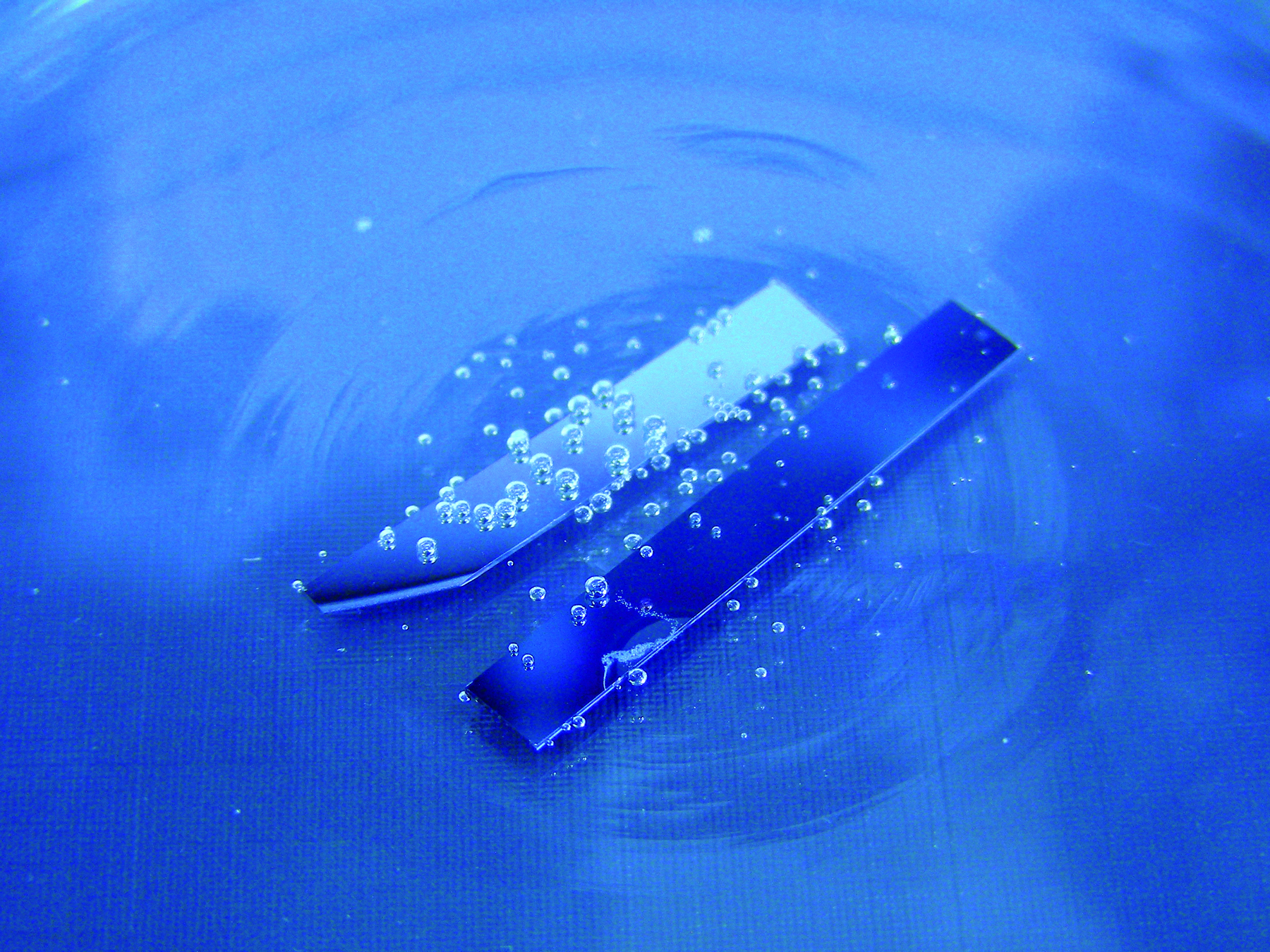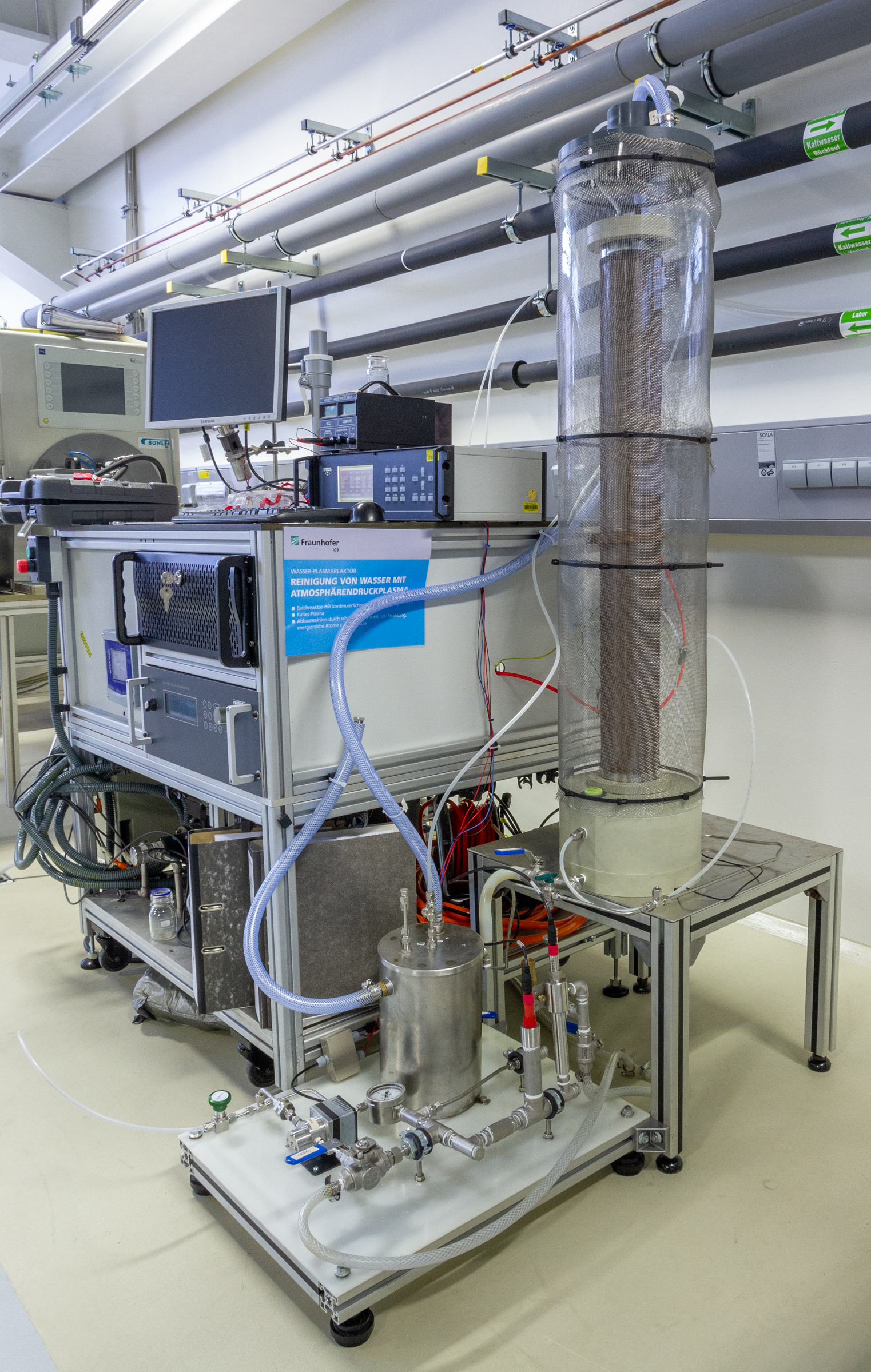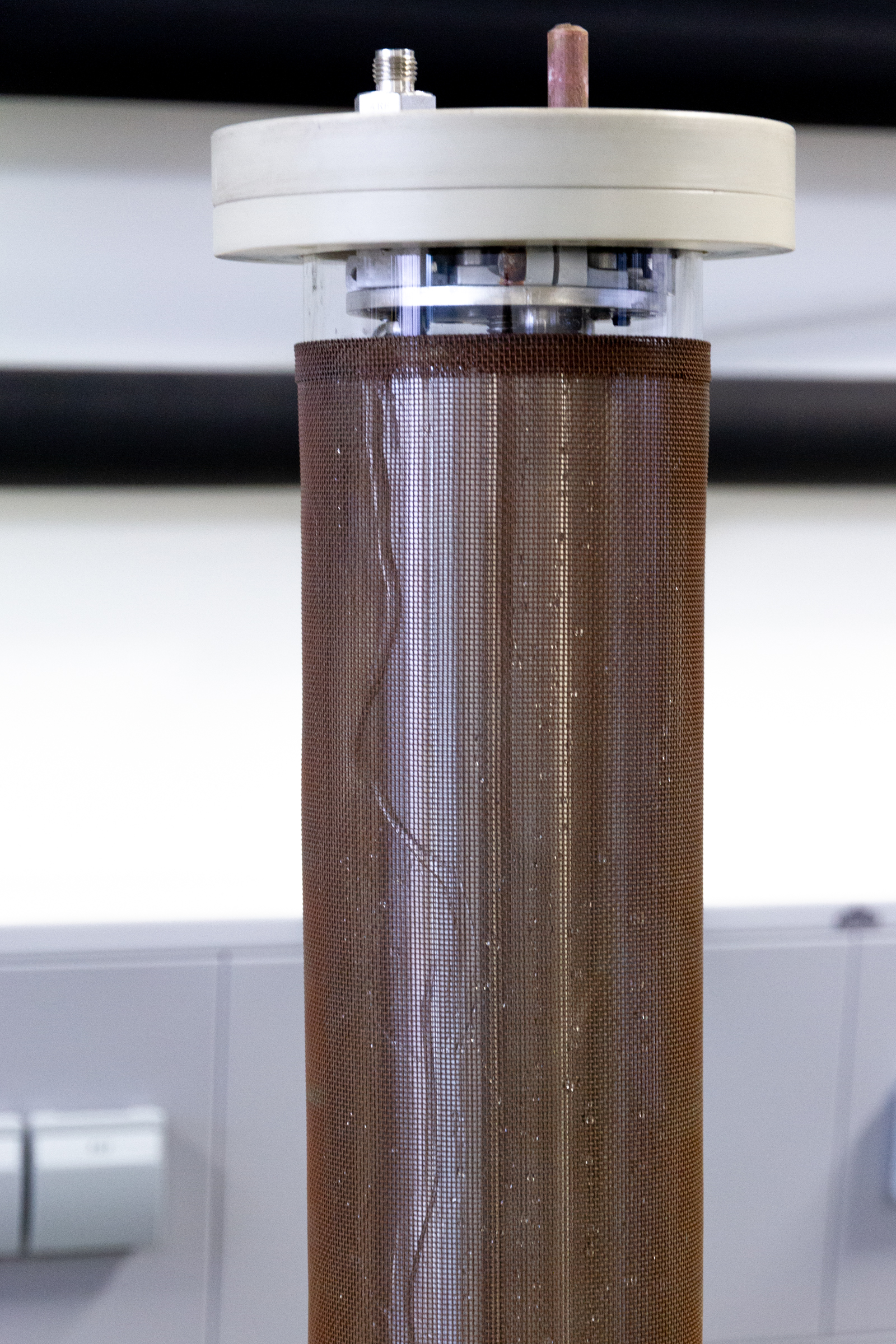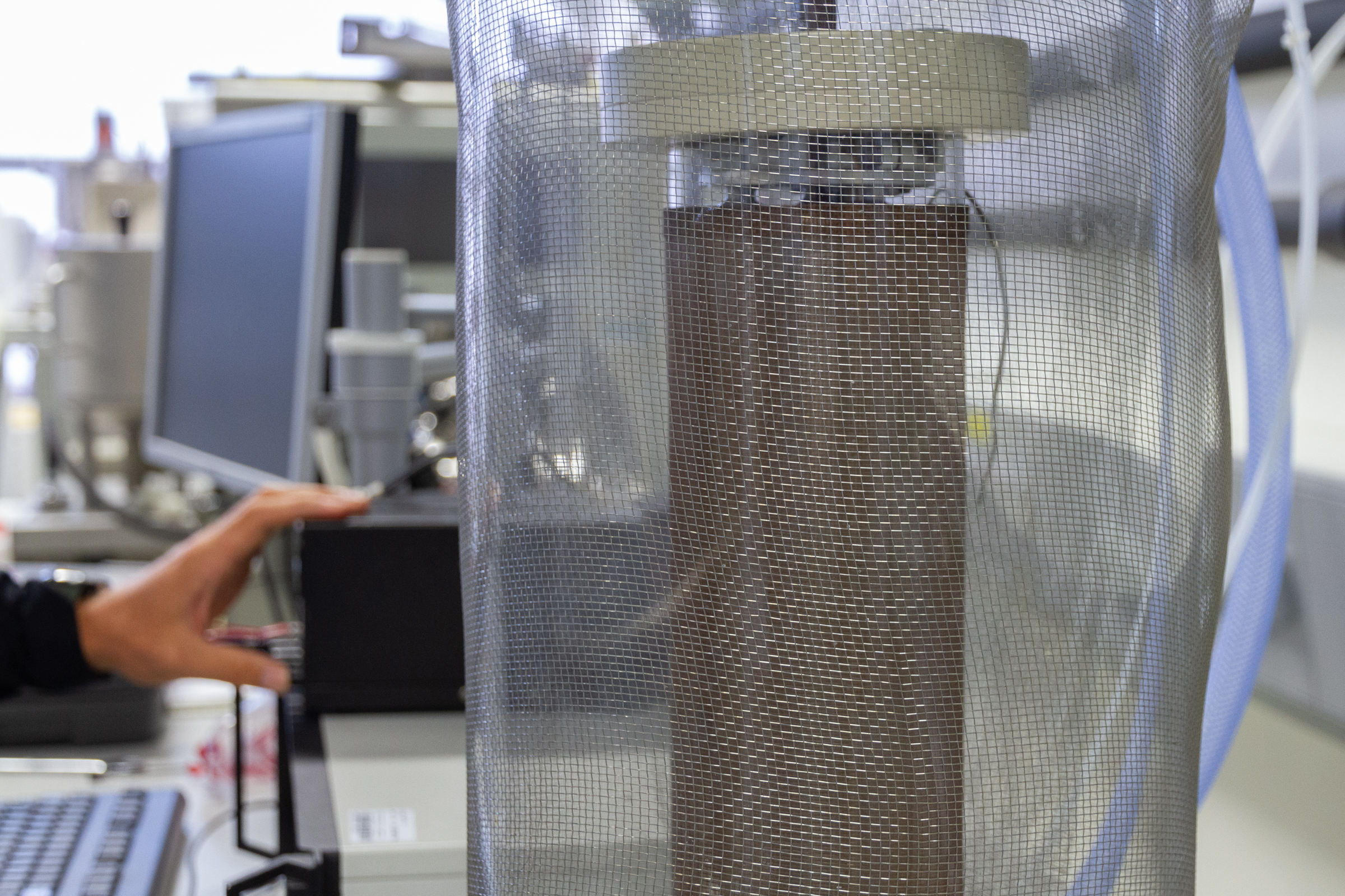Your challenge
Pollutants such as drug residues, pesticides, herbicides and chemicals in industrial wastewater are hardly accessible by biological wastewater treatment. These substances can be removed in the so-called quaternary treatment step by means of advanced oxidation processes (AOP) using oxidizing agents such as ozone and hydrogen peroxide as well as UV radiation. However, these cleaning methods generally require chemical additives that are considered hazardous substances, which must be applied in a suitable dosing scheme and disposed of properly.
Our solution
The use of plasma processes is an environmentally friendly and cost-effective alternative. By applying an electrical current, ions, highly-reactive short-lived radicals and short-wave radiation are generated in the plasma from the ambient air and atmospheric oxygen, and break down the wastewater constituents.
Advantages
Hence, the use of additional chemicals and their disposal is not required because the reactive particles are generated only during discharge and react rapidly with pollutants dissolved in water due to their high reactivity. In contrast to the established advanced oxidation processes, the plasma process for water decontamination uses no barrier between the plasma and the medium to be cleaned. It is therefore virtually maintenance-free and characterized by a long service life.
Results
In cooperation with various partners within the EU-funded project “WaterPlasma”, it was demonstrated that pollutants such as atrazine, lindane, 2.4-dibromophenol and chlorfenvinphos (pesticides) as well as cyanides are broken down very quickly and effectively in an open plasma reactor.
As part of the BMBF-funded project "WasserPlasmax", the degradation of perfluorinated surfactants (PFAS) and various pharmaceuticals such as carbamazepine and dicophenac was demonstrated on laboratory samples using different reactor systems.
In the current project "AtWaPlas", the degradation of perfluorinated chemicals (PFAS) from environmentally sourced groundwater, leachate and washing water is specifically investigated using an atmospheric water plasma.
Application areas
Plasma processes are suited for the removal of trace organics such as residues of pharmaceuticals, cyanides, pesticides, etc. Microorganisms can also be inactivated in the plasma. Thus, plasma processes can be configured for applications in drinking water treatment, process water treatment, the treatment of ballast water etc.
At the international level, particularly in Asia and the US, many research activities of water treatment are targeting applications in agriculture.
 Fraunhofer Institute for Interfacial Engineering and Biotechnology IGB
Fraunhofer Institute for Interfacial Engineering and Biotechnology IGB


